Local management is not strict, many people bought planned land, cheap agricultural land to build houses, had them demolished without compensation, and fell into the situation of "sleeping on the open sky".
On the morning of October 21, Mr. Dang Van Mui, 56 years old, covered his house with a tarp to avoid the rain, damaging three motorbikes and a refrigerator in his 100 square meter house in the alley of Ho Van Long Street, Tan Tao Ward, Binh Tan District. Because it was built on land planned for a green park, Mr. Mui's house had to be demolished three weeks ago.
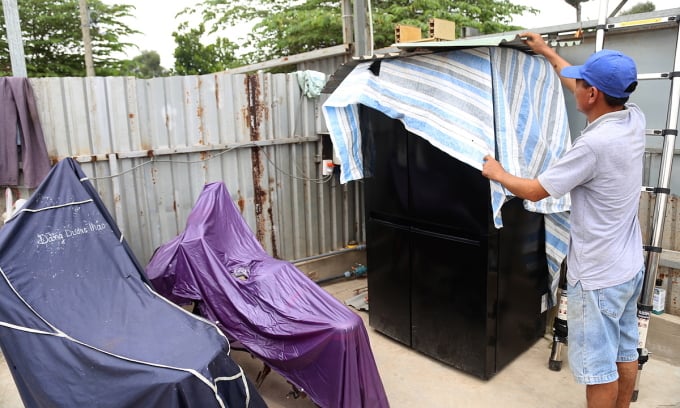
Mr. Mui covers some items with a tarp when his illegally built 100 square meter house is demolished. Photo: Dinh Van
The level 4 house is now just a pile of rubble, dozens of corrugated iron sheets stacked on the tiled floor. Mr. Mui's family of five had to set up a tent in front of the temporary house before moving to a new place. Mr. Mui said that in 2018, he and his wife spent 518 million VND, which they had saved for many years, to buy a 20-meter-long, 5-meter-wide rice field, transacted by handwritten documents. This place is only 25 meters from Binh Tan High School and half a kilometer from Vo Tran Chi Street.
At that time, Mr. Mui thought he had bought a piece of land at a bargain price because a 45 square meter apartment 100 meters away cost nearly 700 million VND. After buying the land, he temporarily built a small house without a building permit. In 2019, he spent nearly 1 billion VND to build a house, but after a few months, he was warned by the authorities.
"My family has lived in this house for a long time, but we don't have enough money to move to a new place yet," said Mr. Mui.
20 meters away, Mr. Pham Van Phuong, 50 years old, also stretched a tarpaulin to protect from the sun and rain to cook, bathe, and sleep temporarily after his level 4 house was demolished due to violating construction regulations. With the desire to have a house to escape the cramped rental life, he borrowed money from relatives to buy a 70 square meter plot of land for nearly 300 million VND to build a house since the end of 2018.
At that time, this plot of land was divided into 21 small lots, transferred by hand. The road leading to this area was just wide enough for two motorbikes to pass each other. "The couple sold things on the street and lived in a rented house for nearly two decades, so they longed for a house in Saigon," he said. The house was completed in 2019, the authorities came down to remind them, posted a notice of illegal construction, but did not force immediate demolition.
A few months ago, the family received a decision requiring the house to be demolished. By mid-October, the house was demolished. According to the 50-year-old man, due to not knowing the regulations and not being reminded from the beginning, the family had built a solid house for many years without thinking that one day the government would force them to move.
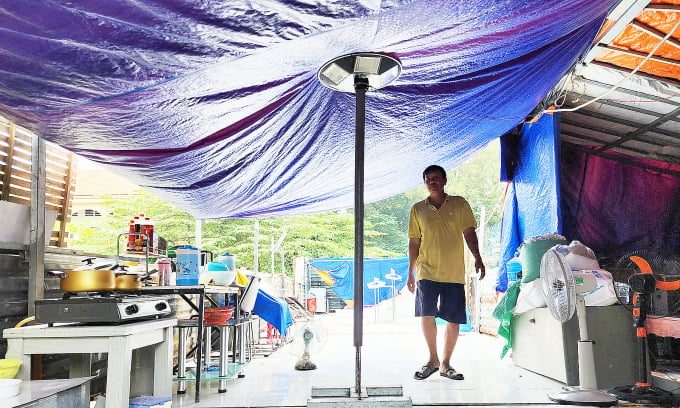
Mr. Phuong's family used a tarp to cover the kitchen and bed to temporarily stay after the house was demolished. Photo: Dinh Van
Mr. Mui's and Mr. Phuong's families are two of about 150 illegally built houses in alleys on Ho Van Long Street, Provincial Road 10 in Tan Tao Ward, which must be demolished and restored to their original state.
According to the representative of Tan Tao Ward People's Committee, most of the houses in violation were built since the end of 2019. At that time, the local management was not close enough, so many people built houses on land for perennial crops, land planned for parks and green trees. Up to now, about 60 houses have been demolished, the authorities have mobilized people to complete the remaining houses in November, and at the same time, support households in difficulty to find new housing.
Responding to VnExpress , Mr. Nguyen Minh Nhut, Chairman of the People's Committee of Binh Tan District, said that when violations were discovered, the local authorities came down to remind and mobilize people to dismantle them, but did not handle them harshly, allowing them to drag on for many years. This was partly because the management staff saw that the violating households were poor and in difficult circumstances, and the people begged them to fix it themselves, so they "relented" and gave them more time.
In addition, when an illegally built house is not strictly handled, it leads to many other households following suit. Mr. Nhut cited the case of the land plot behind Binh Tan High School, initially only a few households built houses, but when the handling was not completed, it led to 21 households violating.
In addition, many cases of buying cheap land, preferring to live in houses and land, accepting the risk of buying land that does not comply with planning, leading to the inability to complete construction procedures, from which there are ways to deal with it. At first, they only built corrugated iron to protect the land, then built walls inside and covered the roof to form a level four house to live in.
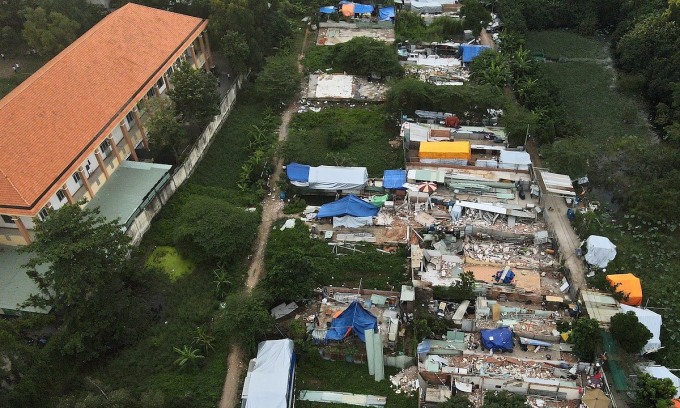
21 illegally built houses were demolished in mid-October in Tan Tao ward, Binh Tan district. Photo: Thanh Tung
To limit this situation, Binh Tan district has strengthened management, used information technology, and aerial photography equipment to prevent violations. The district also directed wards with many land plots in planning areas with high risk of illegal construction on agricultural land to focus on inspection and supervision.
For land plots that are eligible for conversion of construction purposes, relevant agencies will provide maximum support for people's procedures. "People must ask for permission when building, and should not buy land to build houses on land plots that are not in accordance with planning to ensure their rights and avoid future problems," said Mr. Nhut.
Illegal construction on agricultural land and planned land occurs in many localities in the city. In July 2019, the Ho Chi Minh City Party Committee issued Directive 23 to rectify and improve the effectiveness of construction management.
According to the report of the Ho Chi Minh City Department of Construction, after nearly 4 years of implementing Directive 23, the total number of violating constructions in the area is nearly 2,700, a decrease of 78.5% compared to the average number of violations before the issuance of the directive. In the first 6 months of this year alone, the total number of violating constructions is 170, an average of 0.9 cases/day, a decrease of 89.2%.
According to lawyer Do Truc Lam (CEO of Lam Tri Viet Law Firm), Decree 91 imposes a fine of 6 million to 400 million VND and forces the restoration of the original state of houses built on agricultural land without permission from state agencies. "When building houses on planned land, not in accordance with regulations, people are in a difficult position and face many disadvantages later on," said Mr. Lam.
Dinh Van
Source link




![[Photo] Solemn opening of the 8th Congress of the Central Public Security Party Committee, term 2025-2030](https://vphoto.vietnam.vn/thumb/1200x675/vietnam/resource/IMAGE/2025/10/4/f3b00fb779f44979809441a4dac5c7df)
![[Photo] General Secretary To Lam attends the 8th Congress of the Central Public Security Party Committee](https://vphoto.vietnam.vn/thumb/1200x675/vietnam/resource/IMAGE/2025/10/4/79fadf490f674dc483794f2d955f6045)
![[Photo] Bustling Mid-Autumn Festival at the Museum of Ethnology](https://vphoto.vietnam.vn/thumb/1200x675/vietnam/resource/IMAGE/2025/10/4/da8d5927734d4ca58e3eced14bc435a3)





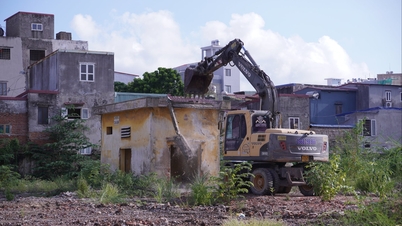

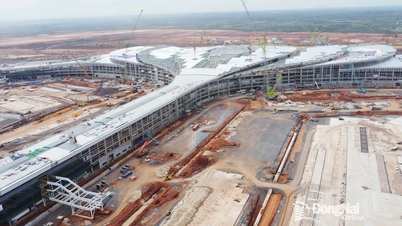



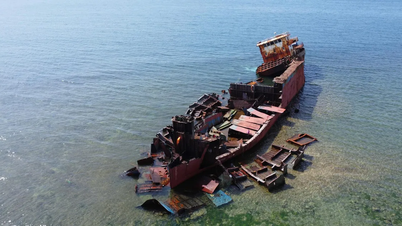

















































![[VIDEO] Summary of Petrovietnam's 50th Anniversary Ceremony](https://vphoto.vietnam.vn/thumb/402x226/vietnam/resource/IMAGE/2025/10/4/abe133bdb8114793a16d4fe3e5bd0f12)
![[VIDEO] GENERAL SECRETARY TO LAM AWARDS PETROVIETNAM 8 GOLDEN WORDS: "PIONEER - EXCELLENT - SUSTAINABLE - GLOBAL"](https://vphoto.vietnam.vn/thumb/402x226/vietnam/resource/IMAGE/2025/7/23/c2fdb48863e846cfa9fb8e6ea9cf44e7)

















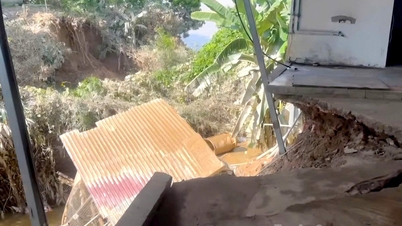



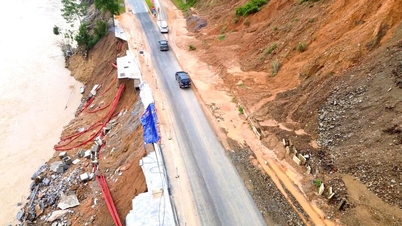






Comment (0)